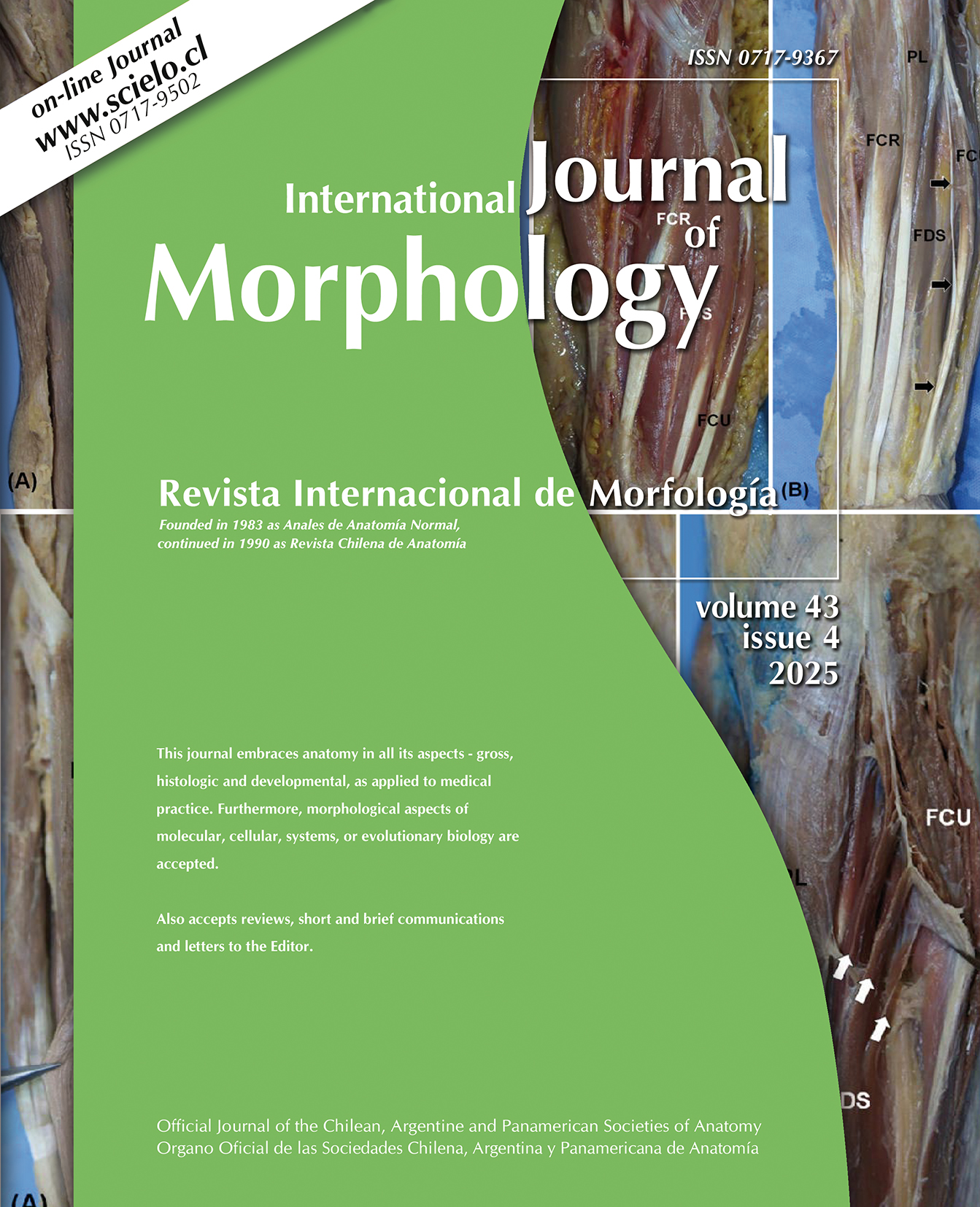Intermaxillary Tooth Size Discrepancy in a Selected Group of Yemeni Participants with Skeletal Class III Malocclusion
Mohammed Ghallab Al-Sharabi; Abdul Qader Mohammed Q. Zabara; Ramy Abdul Rahman Ishaq; Mohammed M. Al Moaleem; Thiyezen Abdullah AlDhelai; Randa M.F. Ibrahim & Bandar MA Al Makramani
Summary
Intermaxillary tooth size discrepancy (ITSD) varies among different populations and among malocclusion classes. The current study aimed to investigate the percentages and ratios of tooth size anterior and overall discrepancies among Yemeni adults with skeletal class III malocclusion. Furthermore, the association between sex and sides of dental arches on the measured variables was explored. This perspective cross-sectional study used the data of patients in the Department of Postgraduate Orthodontic Clinics, College of Dentistry, Sanaa University. The assessed patients were 13–28 years old. Mesiodistal tooth width (MDTW), anterior ratio (AR) of tooth size, and overall ratio (OR) were measured and calculated from 100 study models and divided equally between classes III and I skeletal malocclusion groups. Patients with class I skeletal malocclusions were included in the control group. Measurements were carried out using a digital caliper. A p value of <0.05 indicated statistical significance. The ARs of patients with skeletal class I malocclusion was 78.18, and the AR discrepancy rate was 24 %. Patients with skeletal class III malocclusion had a significantly greater mean AR value (79.64) and higher AR discrepancy rate (44 %). The percentages of ORs in skeletal classes I and III were 20 % and 18 %, respectively. These results revealed no significant difference in OR between the malocclusion groups. Moreover, no statistically significant difference in tooth size discrepancy was found between sexes or between the right and left sides of the dental arch. The results confirmed the tendency toward increased frequency of AR discrepancy in skeletal class III malocclusion. The mean values of ARs in Yemeni orthodontic patients presented with skeletal classes III and I malocclusions were higher than Bolton’s ratio. Clinicians should include Bolton’s tooth size analysis in their diagnosis and treatment planning workup. KEY WORDS: Intermaxillary tooth size discrepancy; Boltons’ ratios; Skeletal class III malocclusion; Sex; Side of dental arch.
How to cite this article
AL-SHARABI, M. G.; ZABARA, A. Q.M. Q.; ISHAQ, R. A. R.; AL MOALEEM, M. M.; ALDHELAI, T. A.; IBRAHIM, R. M. F. & AL MAKRAMANI, B. MA.Intermaxillary tooth size discrepancy in a selected group of Yemeni participants with skeletal class III Malocclusion. Int. J. Morphol., 43(2):517-526, 2025.





























